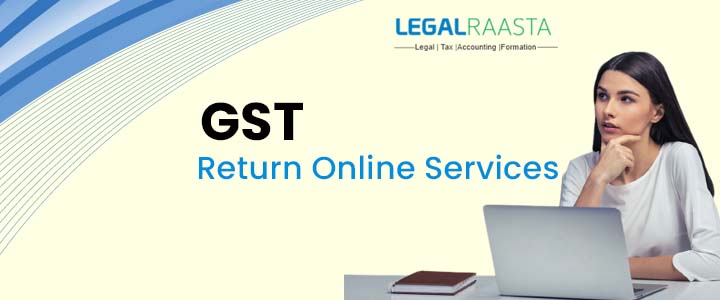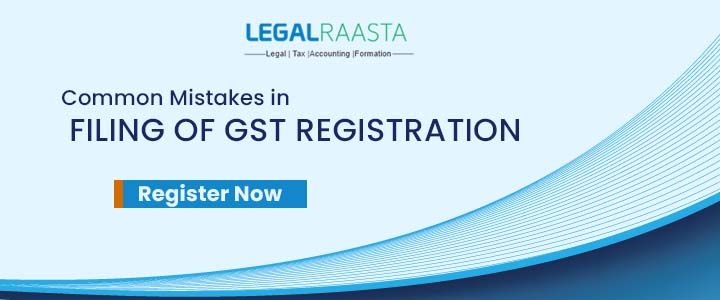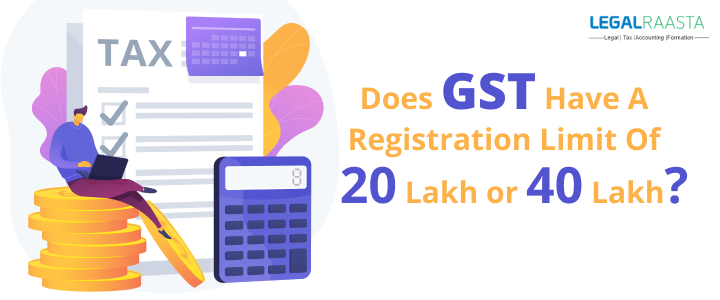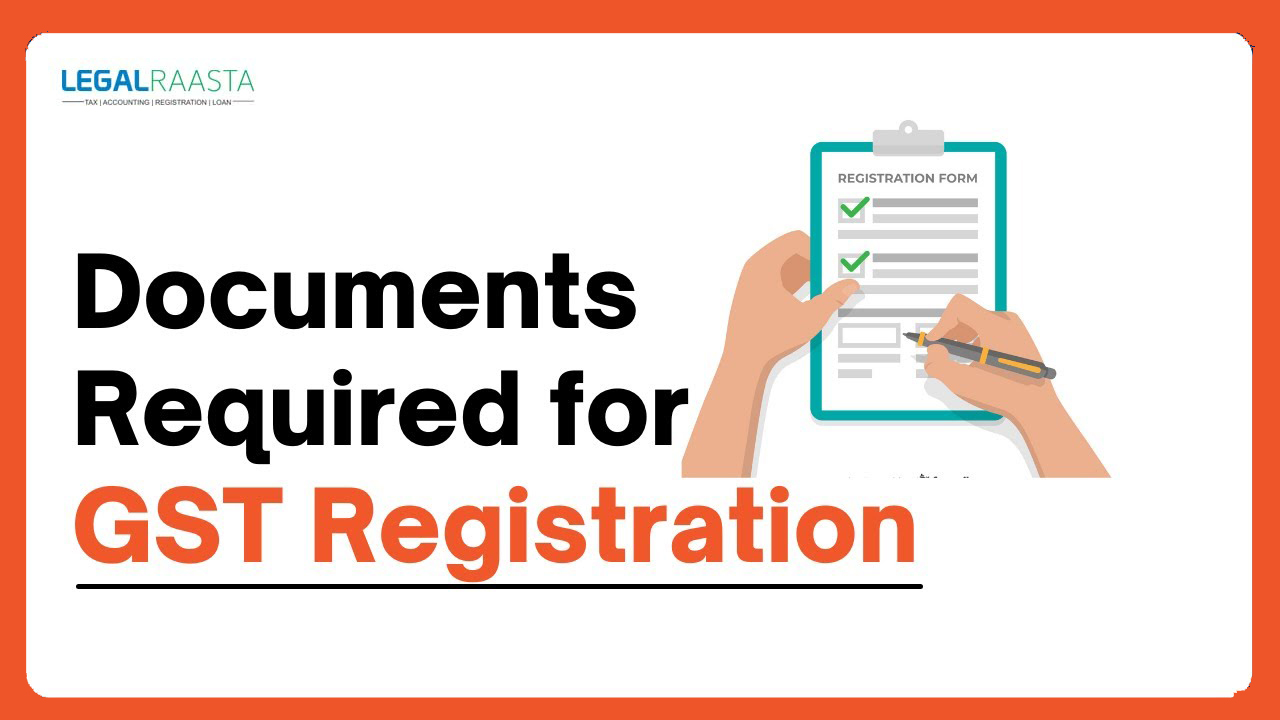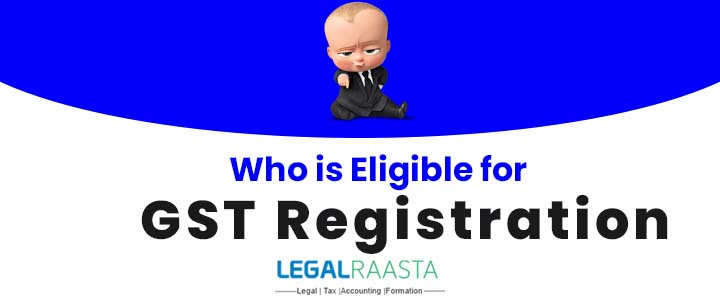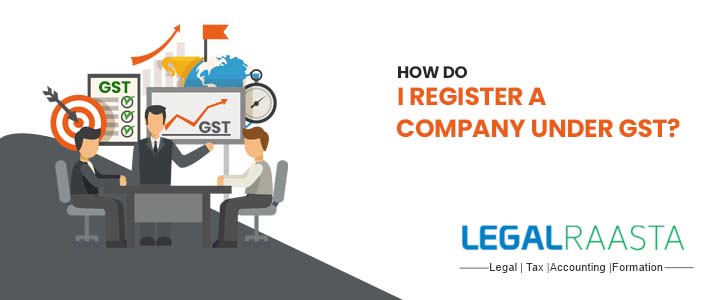GST Return Online Services: A Step-by-Step Guide to Get Your GST Return Ready
GST is essentially a destination-based tax that is imposed when an end consumer consumes goods and services. The VAT tax that is levied on goods and services provided to end users is comparable to the GST tax. The GST tax law is also designed to make sure that taxes are added to corporate financial transactions and that these transactions are transparent and straightforward. Owners of VAT numbers must enroll in order to obtain a GST number.
The e-filing system for the Goods and Services Tax has made it simpler than ever to file your taxes. It’s so simple that you don’t even need a computer or smartphone to do so. Still, there are some best practices you should follow to make the process smoother. This article is your guide to get your GST return ready.
Define GST
With the introduction of GST, the indirect taxes that are currently levied on a variety of goods and services by both the federal and state governments would be replaced by a single law.
Therefore, if you haven't registered for a GST number and applied for one, now is the time to do so. With a single Taxation ID, transactions for your company across several states and localities will be made simpler. The new GST programme has a variety of advantages for businesses that register.
Get Started with GST Registration Online Filing: A Step-by-Step Guide
The GST Act, which governs the filing of your GST returns, has been in effect since 2006. This means that you have been filing your taxes online since the beginning of the decade. In fact, the first online filing for GST returns was in July 2015. Online filing of your GST return is now a simpler process than ever before.
Also Read - How Much Time does It Take for a Trademark To be Approved
What’s more, the way you file your GST online has also changed. This means that it’s essential that you know the updated process for filing your taxes online. This article is your guide to get your GST return ready. When should you file your GST return? GST returns must be filed every month on the 11th and on the 20th of the month, respectively, if you wish to file GST R1 and R3B. The deadline for submitting annually GST returns is, however, 31th December this year. According to the GST Annual Return, you must submit your GST return by December 31 of this year.
Know the Deadline for e-Filing
The e-filing deadline for GST is Dec 31th this year. However, if you have a valid reason for filing your return later than this, you can still file your return electronically. This is a boon for all those who have a reason for filing late.
One of the common reasons for filing late is when the software or the internet services are down. If this happens to you, don’t worry. We have a few tips to help you file your return when the software or services are down. You can file your return through email, or through a mobile or web service. You can also file your return using a notary. You can also file your return using an older form if you have a valid reason for doing so. Additionally, you can file your return if you do not have a computer or if the software is not working. The best way to avoid such a deadline is to have Legalraasta file your GST return for you.
Know the Forms you need to File Your Return
When you file your return, you need to submit certain forms. You can check out the details of these forms and their requirements below, and also file your returns accordingly.
- Business/Merchant Account Application - This form is required if you are a merchant or a person who makes sales. You must have a business or merchant account for GST to be filed.
- GST Refund Claim Form - This form is required if you are filing a claim for a refund. You can only file this form if you have purchased items and paid the tax on them and you have a valid reason for filing your return late.
- Invoice/Order Form - This form needs to be filled out by the person who sold the goods. In case of a business sale, this form must be filed by the business owner.
- Credit Note/Bank Reconciliation Form - This form must be filed by the person who received goods as a payment.
- Service Return and Original Service Document Forms - These forms are to be filed by the people who rendered services.
Check for Errors and Update if Necessary
As you file your return and make payments, you must make sure that you check for errors and update if necessary. This is important for two reasons.
Firstly, you must make sure that you are filing your returns accurately and timely.
Also Read - How Do I Register My Brand Name
Secondly, you must make sure that you are making legitimate payments and not just filing them to get them done. When you have filed your returns, you must go back and check for any errors. You can amend your returns if necessary. You can amend a return if you have filed it incorrectly. You can amend a return by entering the correct information and filing the return again. You can make other amendments as well if you have made an error while filing the return.
Summaries you’re Findings in a Conclusion
The e-filing of GST returns has made it simpler than ever to file your taxes. However, there are a few best practices that you must follow to make the process smoother. These include ensuring that you check for errors and update if necessary, and summarizing your findings in a conclusion. This article is your guide to get your GST return ready. Therefore, if you have any questions about GST
return filing or GST registration, please contact a Legalraasta team advisor.

